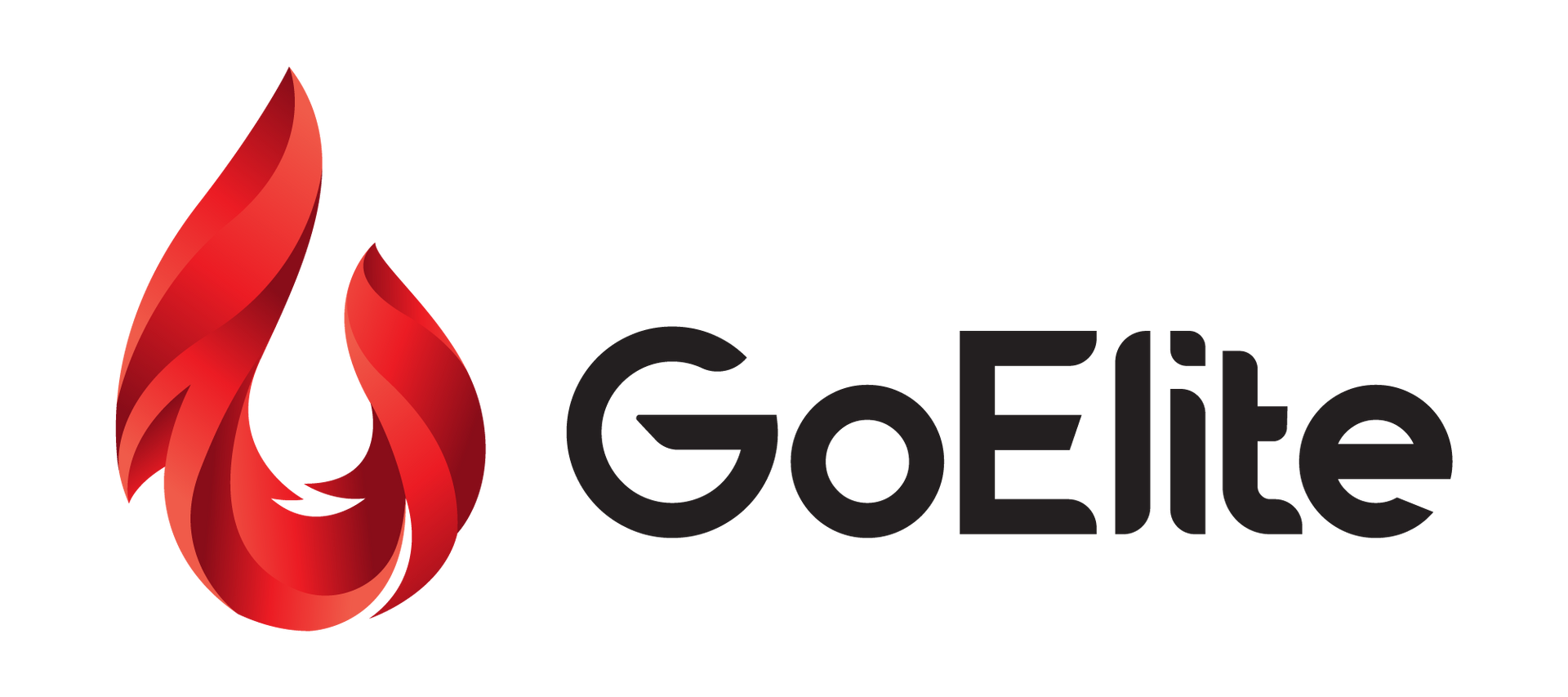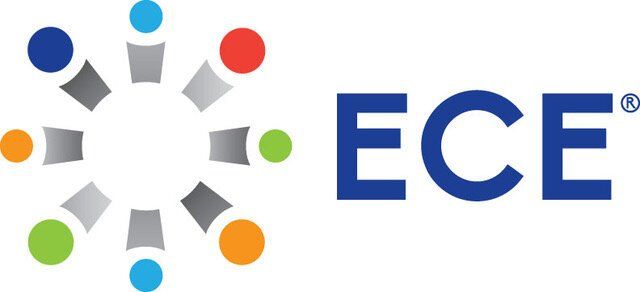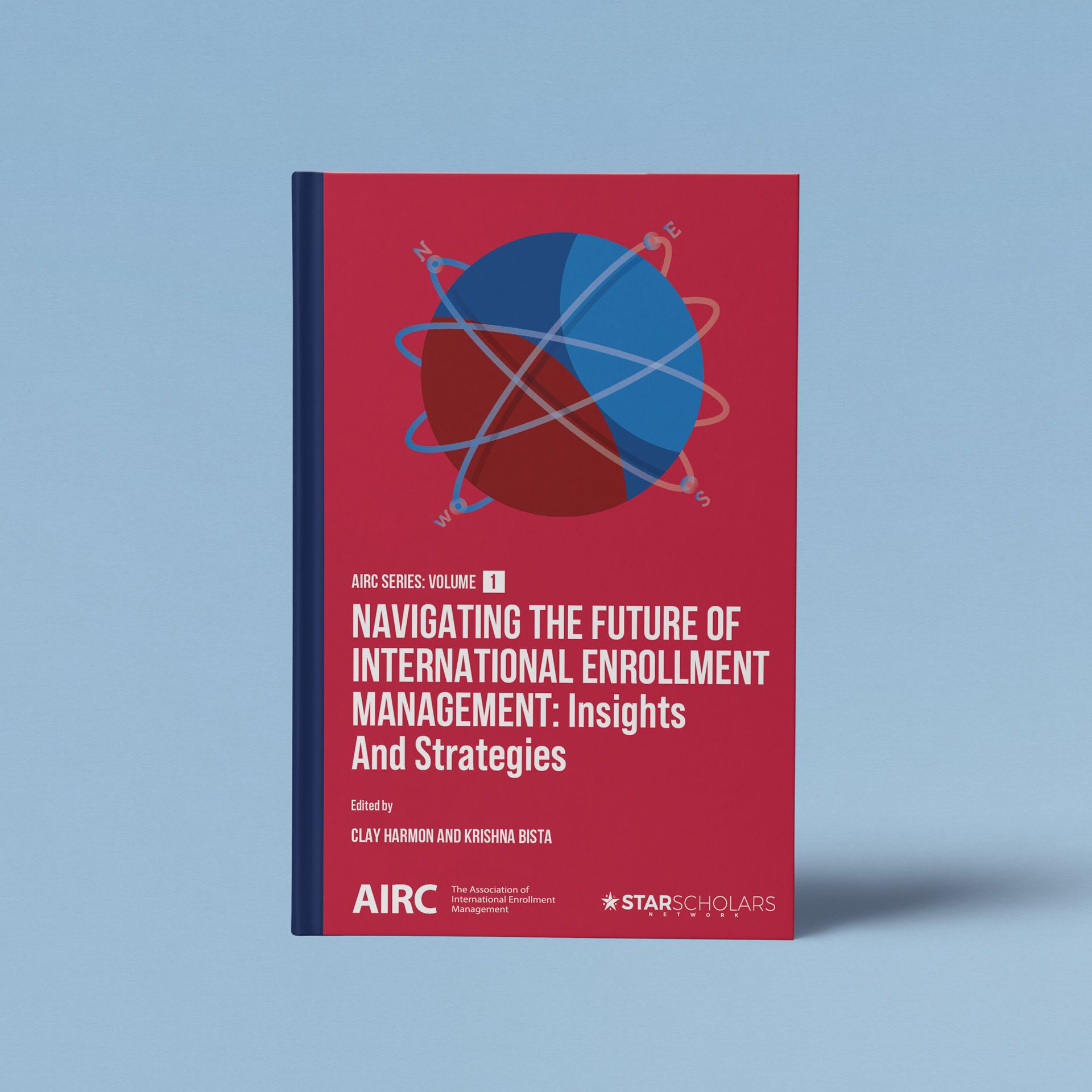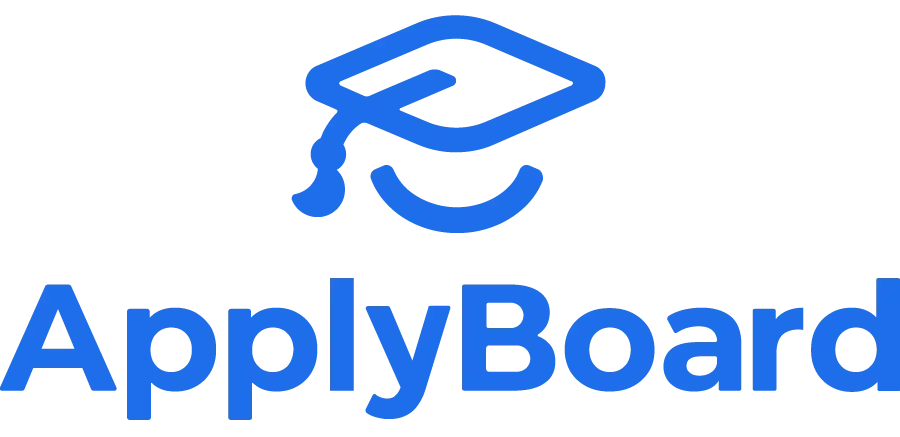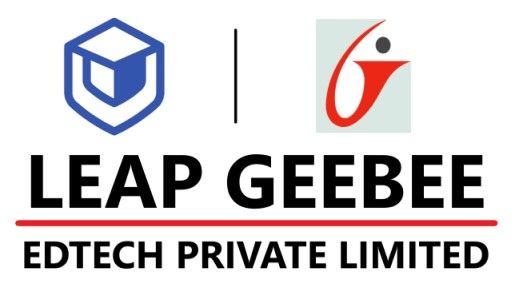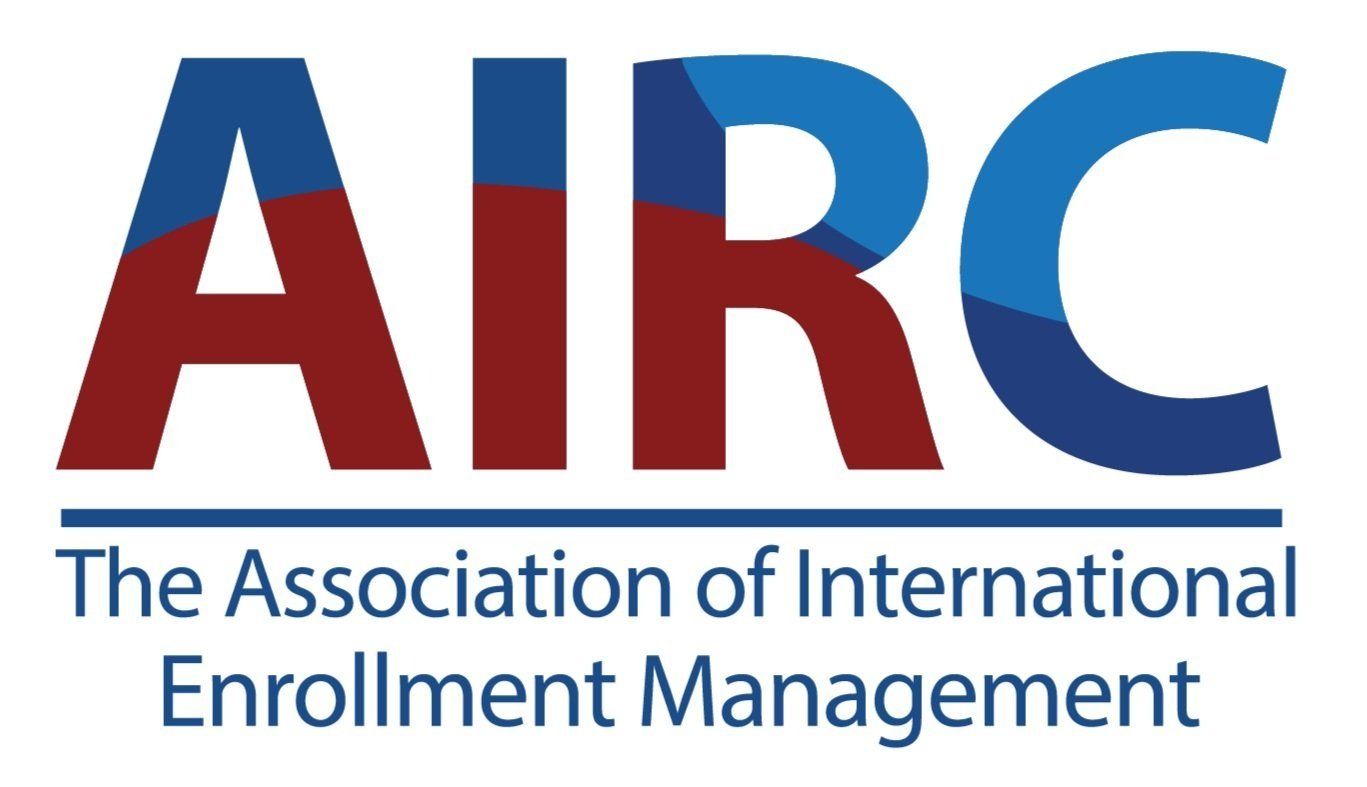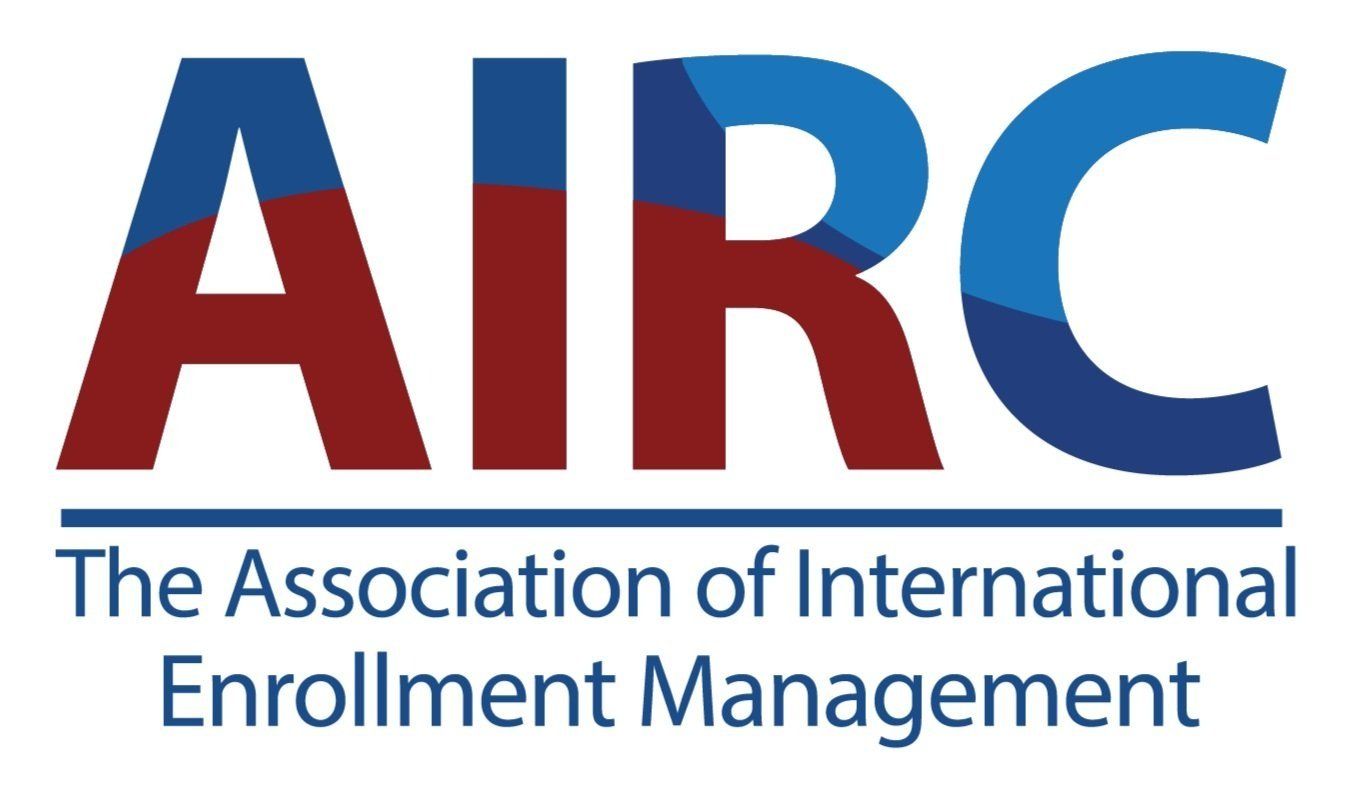November 21, 2025
In October, Leap GeeBee hosted its first global insights webinar, Latin America Market Insights 2025 , bringing together international admissions professionals from across the U.S. to explore emerging opportunities in Brazil, Colombia, and Mexico. The session, led by Leap GeeBee’s in-country LATAM team, highlighted one of the fastest-growing regions for outbound student mobility and outlined practical steps for U.S. institutions seeking sustainable, long-term partnerships. Latin America’s demographic and economic profile makes it one of the most promising regions for higher-education engagement. With over 650 million people and a median age of just 31, the region is home to a digitally connected, aspirational youth population. As David Arango, Country Manager for Latin America, shared during the webinar, “We’re witnessing a real shift. Students aren’t just chasing prestige anymore. They’re asking: What’s my return on investment? Will this program get me a job, or help me build a career back home?” That emphasis on employability, affordability, and flexibility is reshaping how students in Latin America choose destinations and programs. While the U.S. remains a top choice, competition from Canada, the U.K., Australia, and Europe has intensified, particularly among students seeking post-study work options or lower-cost alternatives. For U.S. institutions to stay competitive, outreach in LATAM must evolve from transactional recruitment to relationship-based engagement focused on career outcomes and long-term value. Brazil: A Rebounding Powerhouse As the region’s largest market, Brazil continues to show strong recovery and renewed interest in U.S. higher education. Following a period of currency stabilization and improved visa processes, outbound student demand is accelerating. Barbara Lemos, Business Development Manager for Brazil, noted, “When the Brazilian real stabilized last year, we saw a noticeable uptick in inquiries. Students are again seeing the U.S. as attainable, especially for language programs, exchange experiences, and undergraduate STEM pathways.” Brazilian students increasingly seek career-aligned undergraduate degrees that connect directly to employability, particularly in engineering, computer science, business, healthcare, and creative industries. These students are outcome-oriented and view international education as a strategic step toward long-term mobility or entrepreneurship. Alongside full degree programs, short-term mobility options are rising fast. Summer exchanges, intensive English or STEM boot camps, and one-semester certificate programs are popular among students who want to strengthen their English proficiency, gain a credential, and enhance their résumés without committing to four years abroad. These programs also serve as a bridge to longer-term study, allowing students to test the U.S. environment and build confidence before transferring into degree programs. However, affordability remains a key concern. Students and parents are highly sensitive to total cost of attendance - not only tuition, but also housing, travel, and visa expenses. Programs that clearly communicate financial value, payment flexibility, and return on investment stand out in this competitive landscape. For institutions, highlighting career placement rates, internship pathways, and alumni success resonates far more than ranking or prestige alone. While Brazil once hosted several government-funded mobility programs, there are no active national scholarship schemes supporting outbound study at this time. Only a few state-level initiatives remain, generally targeting high school students. The OAS Scholarship primarily supports inbound mobility, bringing students into Brazil or other OAS member states, rather than funding Brazilians to study abroad. As such, institutional scholarships, payment flexibility, and local partnerships play an even more critical role in supporting Brazilian students today. Finally, Brazilian students respond strongly to localized engagement. Outreach in Portuguese, WhatsApp-based communication, and partnerships with local schools, agencies, and professional associations build trust and visibility. When institutions invest in language, transparency, and sustained presence, families respond with loyalty. Colombia: Scholarship-Driven and Graduate-Focused Colombia continues to distinguish itself as one of the most sophisticated and scholarship-driven education markets in Latin America. Both undergraduate mobility and graduate advancement present strong potential for U.S. institutions. At the undergraduate level, Colombian families typically invest strategically, looking for programs that combine affordability, transferability, and employability. Private universities often partner with U.S. institutions through articulation or 2+2 transfer pathways, creating structured routes for students who wish to complete their degree abroad. Interest is particularly high in STEM, business, and creative industries, where U.S. programs are seen as innovation leaders. However, it’s in the graduate and professional education space that Colombia shows exceptional growth. Rising scholarship availability, expanding middle-class aspirations, and employer sponsorship are driving outbound demand for master’s degrees, MBAs, and executive education programs. According to Natalia Mendoza, Business Development Manager for Colombia, “Colombian students are very intentional. They’re looking for degrees that advance their professional standing, not just another credential. Hybrid, dual-degree, and executive programs that allow them to study part-time or begin online are especially attractive.” This practical mindset means institutions offering career-aligned, modular master’s programs, particularly in business analytics, data science, finance, education, and global public policy, are better positioned for recruitment success in Colombia. Financing plays a defining role, with programs like COLFUTURO’s Scholarship-Loan Program becoming a cornerstone of Colombia’s international education ecosystem. The initiative offers partial loan forgiveness for students who return to Colombia after completing graduate studies abroad, effectively linking talent mobility to national development goals. Mexico: The Gateway Market Mexico remains one of the most stable and strategically important recruitment markets in Latin America. Its close proximity, cultural familiarity with the U.S., and growing middle class make it a consistent source of qualified students across undergraduate and graduate levels. The market has evolved toward structured, affordability-focused pathways that reduce financial barriers while maintaining academic quality. The most successful models are those that integrate flexibility, recognition, and affordability from the start of the student journey. A growing number of Mexican students are pursuing 2+2 and 1+3 transfer pathways, beginning their studies at home or in local institutions before completing degrees in the U.S. These routes allow families to manage costs while still accessing international credentials. Dual-degree programs, especially in business, engineering, hospitality, and computer science, continue to attract strong interest by combining binational learning and bilingual skill development. U.S. community colleges are increasingly seen as a cost-effective starting point for Mexican students. With lower tuition, simplified admissions, and transfer articulation agreements, these partnerships offer a clear, affordable path toward a bachelor’s degree in the U.S. Leap GeeBee supports this model by connecting U.S. colleges with trusted preparatory schools and agency partners across Mexico, as well as educating families on the pathway from community college to a four-year institution. At the graduate level, demand is shifting toward blended and hybrid formats that allow professionals to balance career and study. Students are drawn to programs that combine online coursework with short-term residencies or on-campus immersion experiences. Disciplines such as education, business analytics, cybersecurity, and health administration show the strongest growth, particularly when programs emphasize flexibility, affordability, and international relevance. For U.S. institutions, Mexico offers a model of sustainable recruitment built on collaboration and adaptability. Institutions that prioritize transfer-friendly credit policies, academic partnerships, and hybrid program options are well positioned for success. Aligning with financial resources such as U.S. Embassy Mexico scholarships can further enhance affordability and reach. Recommendations and Next Steps for U.S. Institutions in Latin America Latin America remains one of the most dynamic regions for international student recruitment but success here depends on adaptability, trust, and long-term commitment. Below are some key recommendations from our team to shape an institution’s approach to engaging with the region. Understand What Drives Students and Deliver on It Students across the region view international education as a career investment, not a luxury. They’re calculating return on investment, focusing on employability, affordability, and post-graduation outcomes. To meet these expectations, universities should: Emphasize career pathways, internship access, and alumni employment outcomes in communications. Highlight value and flexibility, including payment plans, scholarships, and hybrid delivery options. Showcase real graduate success stories from Latin American alumni. Strengthen Agility and Collaboration with Agencies Leap GeeBee’s partner network across Latin America consistently values efficiency and engagement over brand name alone. Strong relationships depend on: Quick turnaround times (TATs) for application review and decision release. Clear and consistent admissions requirements. Open communication channels and availability of admissions teams. Joint engagement through webinars, fairs, or local outreach. Navigate Market Barriers with Practical Solutions Persistent challenges such as currency fluctuations, visa delays, and competition from countries offering post-study work options continue to shape student decisions. The most effective institutions respond by: Offering transparent pricing and creative financing (installment options, on-campus jobs, local scholarships). Simplifying application steps and minimizing hurdles to completion. Using hybrid or dual-degree pathways to reduce cost and travel risk. Customize Your Approach by Source Market Another key element shaping success in Latin America is program segmentation by source market. There’s no one-size-fits-all approach to Latin America. Each country has its own student profile, shaped by distinct economic realities and educational priorities: Brazil – Prioritize undergraduate STEM and business programs, along with short-term English or exchange options. Lead with affordability and outcomes; note that while national government funding is inactive, state-level and institutional scholarships can make study abroad viable. Colombia – Focus on graduate and professional advancement programs aligned with COLFUTURO and employer sponsorships. Mexico – Expand transfer pathways, community-college articulation agreements, and blended graduate programs that accommodate working professionals. Institutions that adapt messaging, program design, and pricing to each country’s realities will achieve stronger engagement and sustainability. Utilizing Leap GeeBee’s in-country teams for local insight and real-time support, maximizing digital marketing, providing collateral and engagement tools in Spanish and Portuguese, and considering in-country representation are all ways to further customize an institution’s approach in the region. Embrace Emerging Models of Engagement The region’s growth will be driven by ecosystem-based partnerships, not one-off recruitment. Institutions should explore: Microcredentials and short-term programs that upskill professionals without requiring full relocation. Hybrid and dual-degree delivery models that balance recognition with flexibility. Regional hubs and faculty exchanges to bring education into the region. Scholarship collaborations with organizations like COLFUTURO (Colombia) and U.S.–Mexico Embassy programs . Stay Connected If you missed the Latin America Market Insights 2025 webinar or would like to connect directly with our LATAM country managers, contact the Leap GeeBee U.S. team at universityrelations@leapfinance.com . In addition, the US team will be attending the AIRC Conference in December. Be sure to connect with us and learn more about: New recruiting markets, updates to existing regions, and additional market insight webinars scheduled for 2026 Digital marketing opportunities designed to enhance visibility in emerging markets. Virtual and in-person recruiting events hosted through our global network of trusted agents. Our new In-Country Representative Platform, now available across all Leap GeeBee markets


